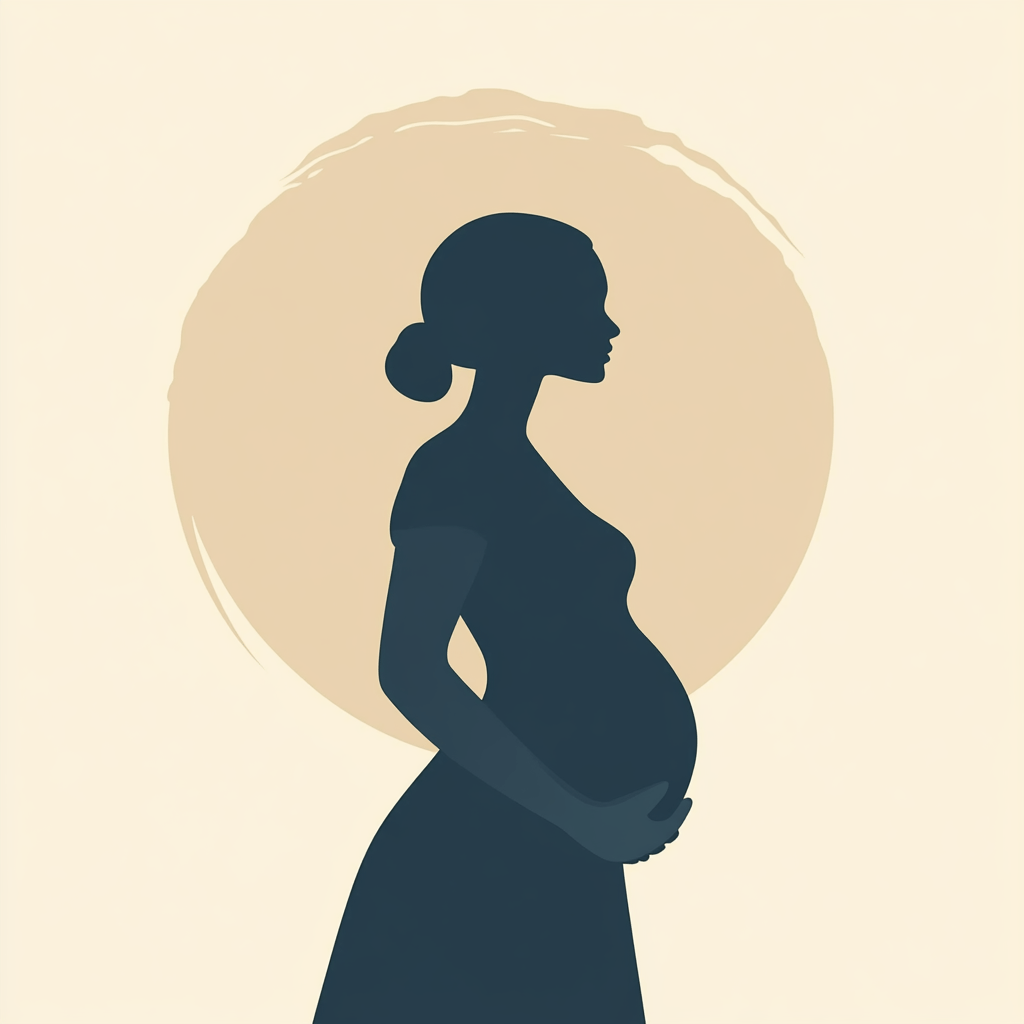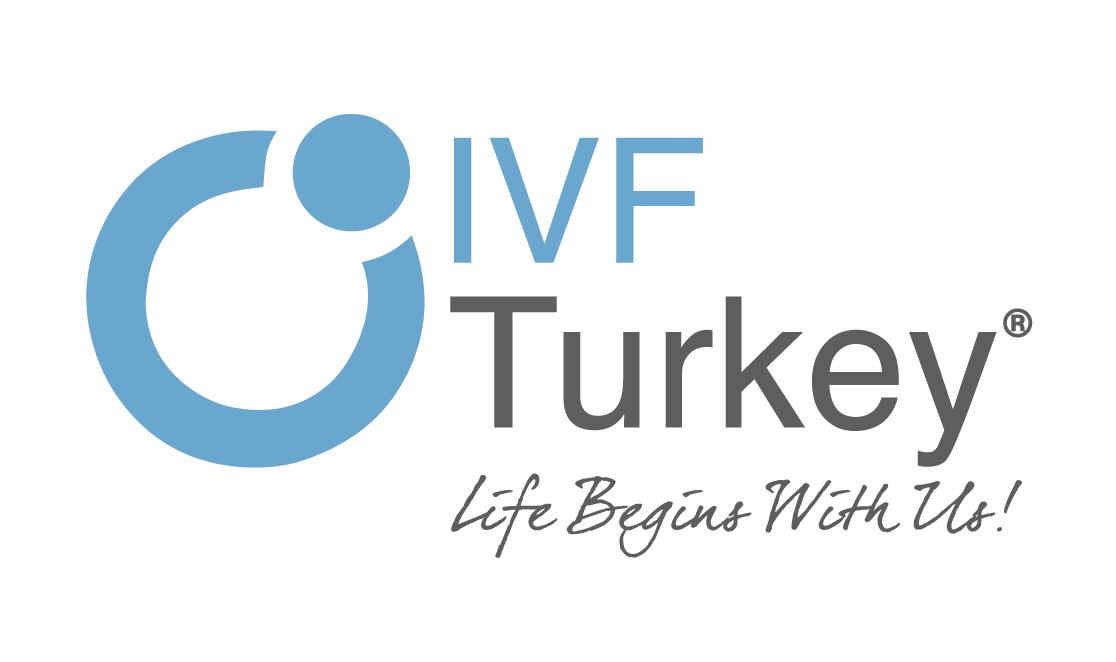How a Woman’s Body Changes During Pregnancy?


Body Changes During Pregnancy
| Aspect | First Trimester (Weeks 1-12) | Second Trimester (Weeks 13-27) | Third Trimester (Weeks 28-40) |
|---|---|---|---|
| Hormonal Changes | Rapid increase in hCG, progesterone, and estrogen. | Hormones stabilize, supporting continued fetal growth. | Relaxin levels rise to prepare for labor and delivery. |
| Breast Changes | Tenderness, swelling, and darkened areolas. | Enlargement and possible colostrum leakage. | Further growth and increased tenderness. |
| Digestive System | Morning sickness, bloating, and constipation. | Improved digestion for some; continued bloating for others. | Heartburn and slow digestion due to uterine pressure. |
| Weight Changes | Minimal weight gain (1-5 pounds). | Steady weight gain (1-2 pounds per week). | Significant weight gain due to baby’s growth. |
| Skin Changes | Possible acne or dry skin. | Linea nigra and pregnancy glow appear. | Stretch marks and skin tightening. |
| Uterus Growth | Begins expanding but remains within the pelvis. | Expands beyond the pelvis, causing a visible baby bump. | Reaches maximum size, causing pressure on organs. |
| Emotional Changes | Mood swings and heightened sensitivity. | Improved mood for many; continued emotional sensitivity. | Increased anxiety or anticipation of labor. |
| Energy Levels | Extreme fatigue and need for rest. | Improved energy for most women. | Fatigue returns due to the physical strain of late pregnancy. |
First Trimester (Weeks 1-12): Early Adjustments
During the first trimester, the body undergoes significant changes to support the developing embryo:
1. Hormonal Shifts
- Increase in hCG (human chorionic gonadotropin): Supports the pregnancy and is responsible for early symptoms like nausea and fatigue.
- Progesterone and Estrogen: These hormones rise to maintain the uterine lining and support fetal development.
2. Breast Changes
- Tenderness, swelling, and darkening of the areolas.
- Veins become more visible due to increased blood flow.
3. Digestive Changes
- Slower digestion due to increased progesterone, leading to bloating and constipation.
- Nausea and vomiting (morning sickness) often peak during this trimester.
4. Fatigue
- Increased progesterone levels and the body’s energy focus on fetal development can cause extreme tiredness.
Second Trimester (Weeks 13-27): Noticeable Growth
By the second trimester, many early symptoms subside, and the body adapts to the growing baby:
1. Visible Belly Growth
- The uterus expands beyond the pelvis, causing a visible baby bump.
2. Skin Changes
- Linea Nigra: A dark line may appear on the abdomen.
- Stretch Marks: Skin stretches as the baby grows, often on the belly, breasts, and thighs.
- Pregnancy Glow: Increased blood flow and oil gland activity can give the skin a radiant appearance.
3. Increased Circulation
- Blood volume increases by up to 50% to support the baby, causing a flushed or warm feeling.
4. Breast Development
- Breasts may continue to enlarge as milk glands develop.
- Some women may experience colostrum leakage, a precursor to breast milk.
5. Weight Gain
- Weight gain becomes more noticeable as the baby grows, with most women gaining around 1-2 pounds per week.
Third Trimester (Weeks 28-40): Preparation for Birth
In the final trimester, the body undergoes significant changes to prepare for labor and delivery:
1. Further Belly Growth
- The uterus reaches its maximum size, often causing pressure on the diaphragm and bladder.
- The baby’s movements become more noticeable and frequent.
2. Back and Joint Pain
- The growing belly shifts the body’s center of gravity, straining the back and causing discomfort.
- The hormone relaxin loosens ligaments, which may lead to joint instability.
3. Swelling
- Common in the feet, ankles, and hands due to fluid retention and increased blood volume.
4. Braxton Hicks Contractions
- These are “practice contractions” that prepare the uterus for labor.
5. Breast Changes
- Further enlargement and tenderness.
- Colostrum production increases in preparation for breastfeeding.
6. Pelvic Pressure
- The baby drops lower into the pelvis (lightening) as the body prepares for delivery.
Emotional Changes During Pregnancy
Pregnancy also brings emotional changes due to hormonal shifts and the anticipation of becoming a parent:
- Mood swings, often due to fluctuating hormones.
- Increased anxiety or excitement about the baby’s arrival.
- Heightened emotional sensitivity.
Posture and Mobility Changes
- Postural Adjustments: The growing belly can cause the spine to curve (lordosis), leading to posture changes.
- Waddling Gait: Relaxin’s effect on joints can alter the way pregnant women walk.
FAQs About Body Changes During Pregnancy
1. When does a baby bump become noticeable?
Most women begin to show between weeks 12-16, though this varies based on body type and pregnancy history.
2. Why do pregnant women experience cravings?
Cravings may result from hormonal changes or the body’s increased need for specific nutrients.
3. Are stretch marks permanent?
Stretch marks often fade over time but may not disappear completely.
4. Why do some women experience hair growth during pregnancy?
Hormonal changes can prolong the hair growth phase, leading to thicker hair.
5. Is it normal to feel out of breath during pregnancy?
Yes, as the uterus expands, it puts pressure on the diaphragm, making breathing feel more labored.



